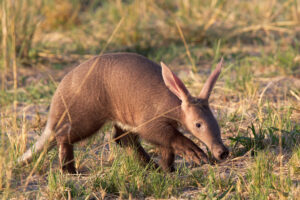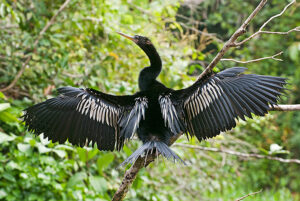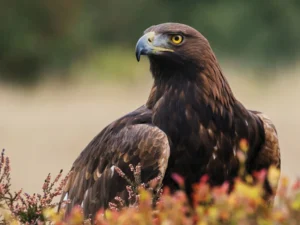Brown bears, often regarded as one of the most powerful and awe-inspiring animals in the wild, have captivated the human imagination for centuries. From the dense forests of North America to the rugged wilderness of Europe and Asia,
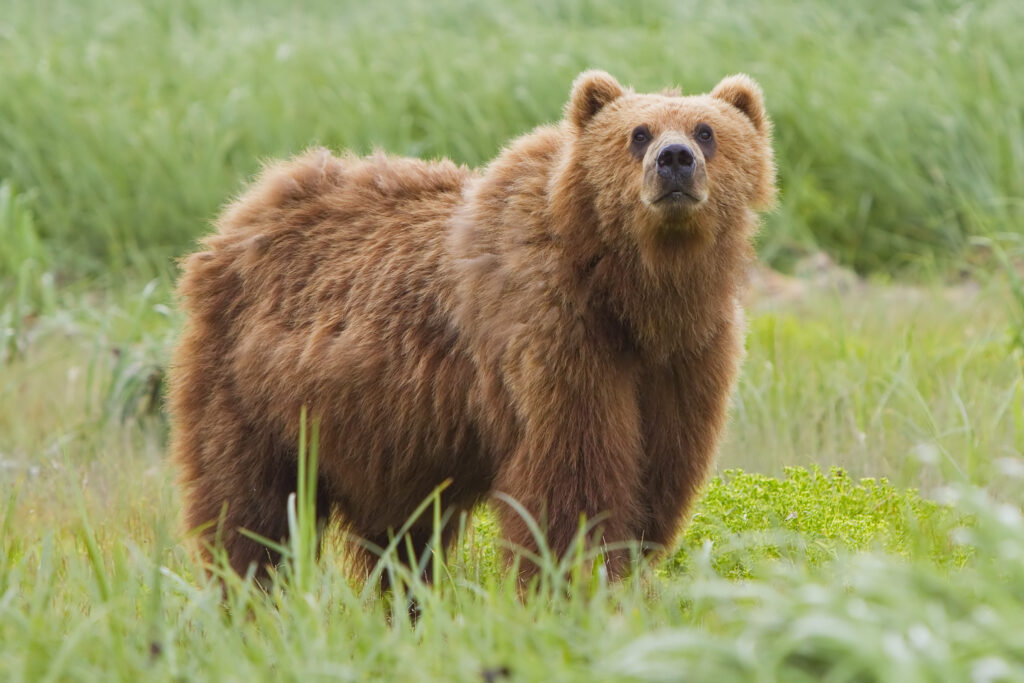
brown bears are an iconic symbol of strength, resilience, and adaptability. In this blog post, we’ll explore fascinating facts about these incredible creatures and their role in the natural world.
An Introduction to the Brown Bear
The brown bear (Ursus arctos) is one of the largest bear species in the world, and it’s found across a broad range of habitats. These bears are native to North America, Europe, and Asia, where they thrive in a variety of environments, from temperate forests and tundra to coastal regions. With their robust size and formidable presence, brown bears are often regarded as one of the most dominant predators in the animal kingdom.
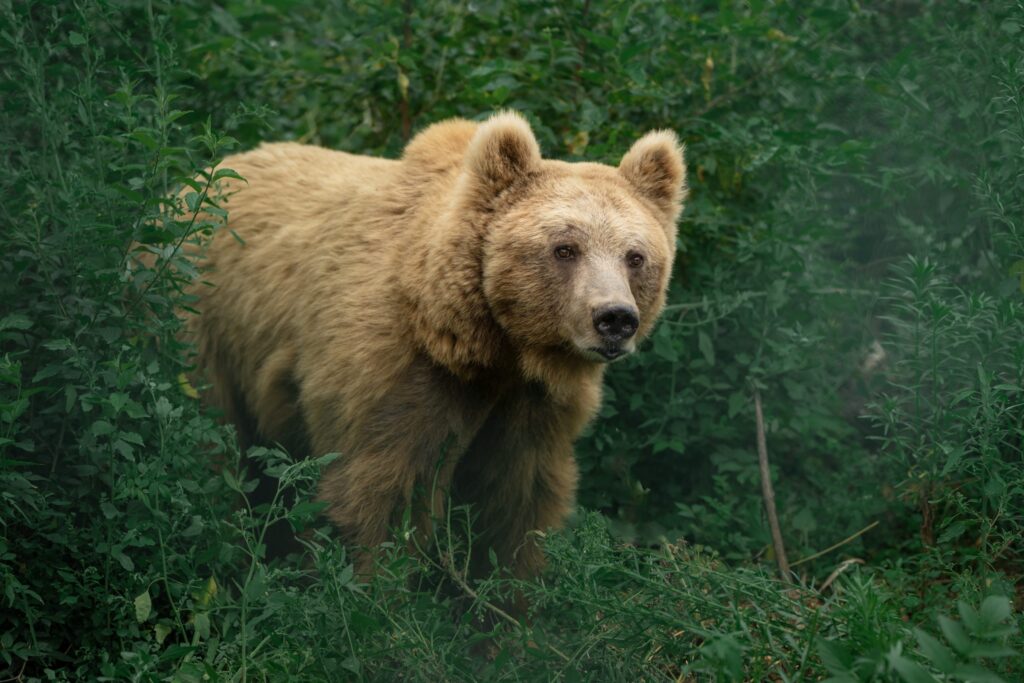
The Size and Strength of a Brown Bear
Brown bears are incredibly large animals, with adult males typically weighing between 600 and 1,500 pounds, depending on their subspecies. The largest brown bears, like the Kodiak bear found in Alaska, can grow up to 10 feet in length and weigh as much as 1,500 pounds. Their powerful muscles and sharp claws make them formidable hunters, capable of taking down large prey such as moose or even bison.
Despite their size, brown bears are surprisingly agile, capable of running at speeds of up to 30 miles per hour. Their strength and agility allow them to climb trees, swim across rivers, and navigate through rough terrains with ease.
Omnivorous Diet: A Diverse Menu
Brown bears are omnivores, meaning their diet consists of both plant and animal matter. Their diverse diet allows them to adapt to different environments, feeding on whatever is available depending on the season. In the spring and summer, they feast on berries, roots, nuts, and grasses. As fall approaches, they hunt for fish, particularly salmon, and large mammals like deer or moose.
During the summer months, brown bears often rely on protein-rich fish like salmon to bulk up for the winter, as they enter a period of hibernation during the colder months. Their diet is crucial in helping them gain weight in preparation for this long rest.
The Brown Bear’s Powerful Claws and Teeth
One of the most iconic features of a brown bear is its claws. These massive claws are incredibly strong and are used for a variety of purposes, from digging for food to climbing trees and catching prey. Brown bears also have a set of sharp teeth, including carnassial teeth designed for tearing meat, as well as molars suited for grinding plant material.
While brown bears are capable of hunting large prey, they also scavenge from other animals or feast on carrion when the opportunity arises. Their claws, combined with their powerful jaws, make them skilled hunters and scavengers.
Brown Bear Behavior and Habitat
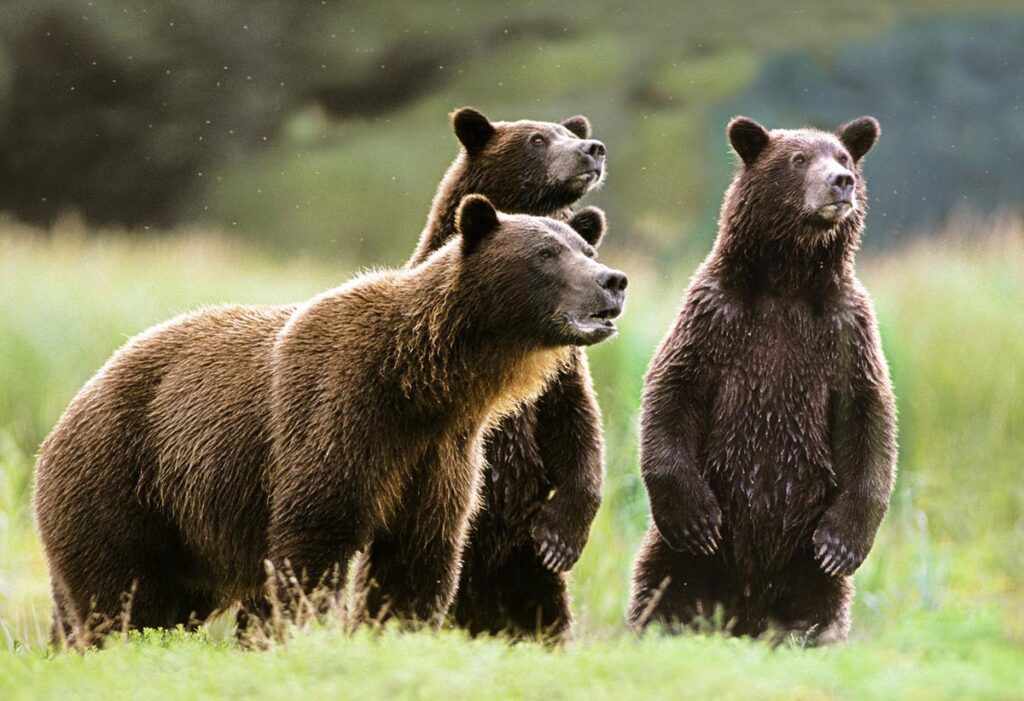
Brown bears are solitary creatures, spending most of their time alone, except during mating season or when mothers are raising cubs. They are primarily nocturnal, meaning they are most active at dawn and dusk. Although they live alone, brown
bears have large home ranges that they mark and defend against other bears.
Brown bears inhabit a variety of environments, including dense forests, mountains, tundra, and coastal regions. Their adaptability to different habitats is one of the reasons they are found across such a wide geographic area. In coastal regions, they are often seen near rivers or lakes, fishing for salmon during the annual spawning season.
Hibernation: The Winter Survival Strategy
One of the most fascinating aspects of the brown bear’s lifestyle is its hibernation behavior. Brown bears enter hibernation during the winter months when food is scarce. Unlike true hibernators, brown bears enter a state of torpor, where their body temperature drops slightly, and their metabolic rate decreases.
During hibernation, they do not eat, drink, or defecate. Instead, they survive off the fat reserves they have built up during the months prior. This ability to live off fat for extended periods allows them to survive through harsh winters and emerge in the spring ready to begin the cycle again.
Conservation Status and Protection
While brown bears are still found in many parts of the world, their populations are threatened in some areas due to habitat loss, hunting, and human-wildlife conflict. In some regions, brown bears are protected by law, and efforts are being made to preserve their habitats and reduce human impact on their populations.
For example, in the United States, brown bears are listed as threatened under the Endangered Species Act in the lower 48 states, though populations in Alaska and Canada are healthy. Conservation efforts include habitat restoration, reducing human-bear conflict, and managing bear populations through controlled hunting in specific areas.
Brown Bears in Culture and Folklore
Brown bears have been a significant part of human culture and folklore for centuries. In many indigenous cultures, they are revered as symbols of strength, courage, and wisdom. Bears also appear in myths and stories, often representing the balance between the wild and the civilized world.
In modern times, brown bears continue to inspire awe and admiration. They are featured in documentaries, nature programs, and wildlife photography, and they remain a symbol of the natural world’s raw beauty and power.
Conclusion: The Mighty Brown Bear
Brown bears are true icons of the wild, embodying strength, adaptability, and resilience. From their impressive size and speed to their ability to thrive in various habitats, these creatures are a testament to the power of nature. Whether you encounter them in the wild or learn about them through documentaries and conservation efforts, the brown bear is sure to remain a source of fascination for years to come.


